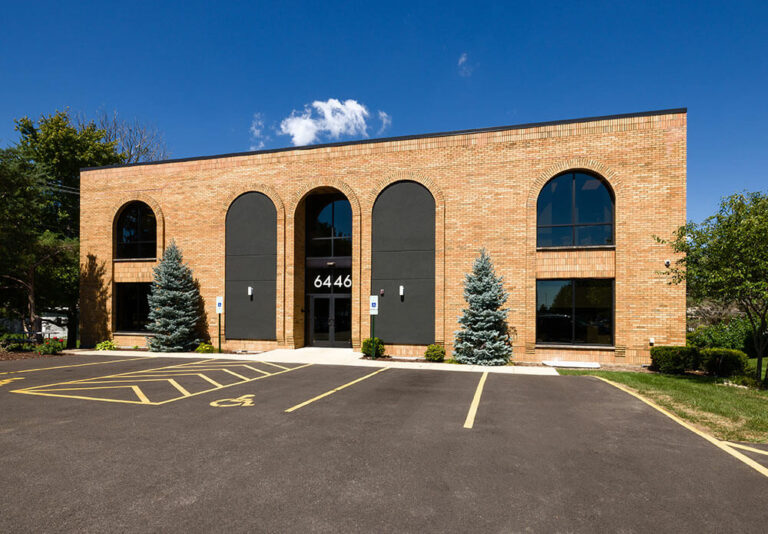Retainers
Retainers are a crucial part of keeping teeth straight after Invisalign® aligner treatment has concluded. Learn about retainers, their cost, and how they can help you after your primary orthodontic treatment is over.
Dental Retainers in Palos Heights
After orthodontic treatment, retainers help maintain your new smile. There are two main types: removable and permanent, and your dentist will recommend the best fit based on your needs.
Removable Retainers
These come in clear plastic or traditional Hawley styles. They must be cleaned daily with a soft toothbrush and toothpaste or baking soda. Their key benefit is convenience—you can take them out to eat, brush, and floss. However, they must be worn as instructed to be effective.
Permanent Retainers
These are fixed behind the teeth and last for years with minimal maintenance. They’re discreet and can’t be lost, but they can make cleaning harder and may trap more food and bacteria since they can’t be removed.

-
What is the best way to clean retainers?
As you remove and replace your retainer during the day, germs and plaque will begin to accumulate. This is not an issue as long as you clean your retainer after each use.
To begin cleaning your retainers, take them off and gently rinse them in warm water. Then, carefully clean your retainer with dish soap using a soft-bristled toothbrush. After you’ve cleaned every inch of your retainer, rinse it and let it dry.
-
How do you know when it's time to replace your retainer?
Your retainers are strong, but they won’t last forever. Replace your retainer if you detect a loose fit, an unpleasant tight fit, or cracks emerging in the retainer. Continuing to wear a broken or warped retainer might harm your smile more than it will help keep it in place. If you break or lose your retainers, call the dental office to speak with the staff to come up with the best solution.
-
Can I use my last set of aligners as my retainer?
Retainers are based on the final phase of treatment and are intended for the purpose of retention. Aligners are particularly developed to facilitate mobility. When the retention phase begins and what sort of retainer/retention strategy is suitable for the patient should be determined by the treating physician.
More Questions?
If you have more questions about retainers, or if you would like to schedule an appointment or contact our office and we will be happy to discuss further.

